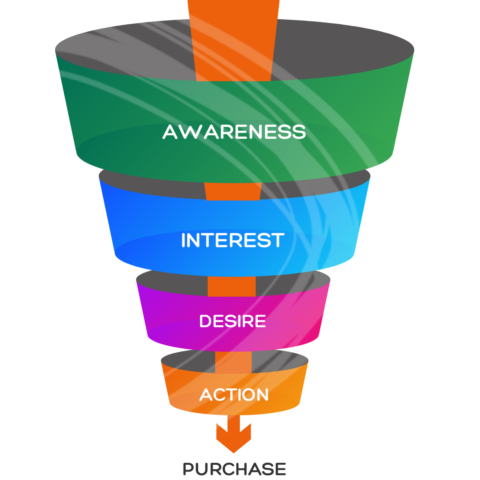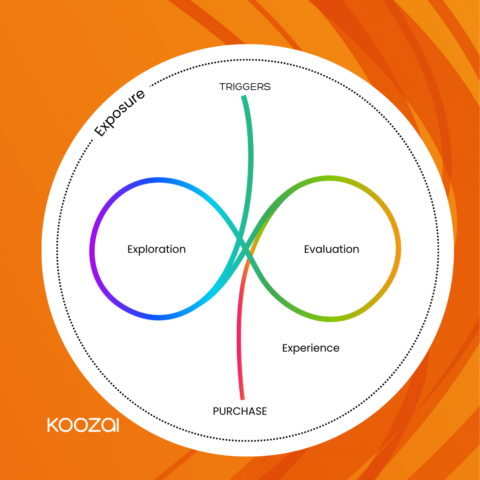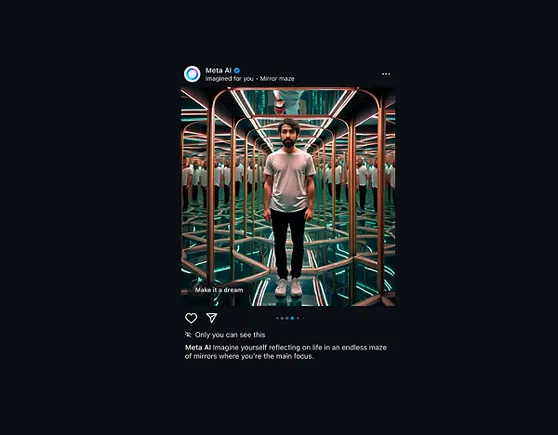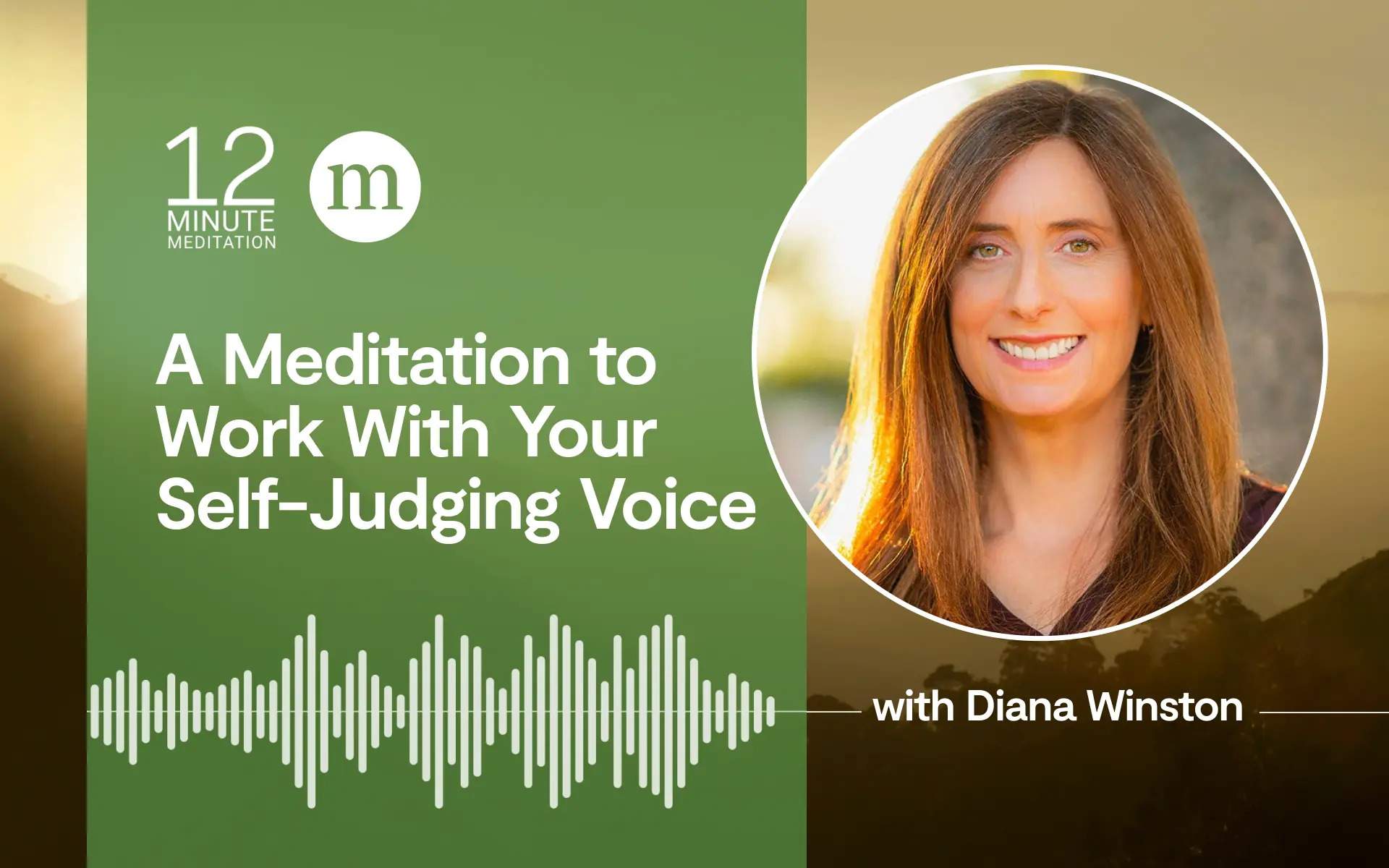Why the Traditional Marketing Funnel No Longer Works (And What To Use Instead)
For decades, marketers relied on the classic funnel model – awareness, interest, desire, action. But in today’s digital-first world, this linear approach no longer reflects how people buy. The traditional funnel assumes order, whereas the reality is far more...

For decades, marketers relied on the classic funnel model – awareness, interest, desire, action. But in today’s digital-first world, this linear approach no longer reflects how people buy.
The traditional funnel assumes order, whereas the reality is far more chaotic. Continuing to blindly rely on it can lead to missed opportunities, wasted budget, and a disconnection with your audience.

At Koozai, we’ve seen this shift firsthand. Google calls it the Messy Middle – a complex web of decision-making behaviour that better represents the true path to purchase. It’s not a funnel. It’s a loop. And if marketers don’t adapt, they risk losing relevance.
Why the Funnel is Failing
In today’s environment, buyers don’t go from top to bottom in a straight line. Instead, they loop between exploration (research) and evaluation (comparison). A buyer might watch a webinar, abandon the journey, return weeks later via a review site, then ask for a demo. There is no straight path, and attempts to force prospects into one only leads to frustration.

The Koozai whitepaper, The Marketer’s Playbook for the Messy Middle, outlines this in detail: “Buyers jump between discovery and decision-making, backtrack, and even start over. That’s why we need a new framework.”
Understanding the Messy Middle
Google’s behavioural science research shows that buyers operate within two mental modes: exploration and evaluation. They bounce between these modes repeatedly, influenced by content, search results, peer recommendations, ads, reviews and more.
Exploration is open-ended: searching for ideas, identifying problems, considering options.
Evaluation is comparative: weighing up features, costs, and benefits to narrow down choices.
Unlike the funnel, this process is not sequential. Someone can revisit the same blog post or pricing page multiple times before converting. The job of marketing is to support that looping journey, not to push prospects down a rigid path.
Practical Ways to Adapt
To thrive in the Messy Middle, brands need to:
Map content to intent, not to funnel stages.
Example: Instead of gating all downloadable content behind a form, create blog posts like “How to Choose a CRM Without Overpaying” for those still exploring, and a buyer’s checklist for those in evaluation. Both target different intents – not just different funnel stages.
Provide information in multiple formats: blogs, videos, downloadable guides
Example: Take a high-performing blog post on “Top SEO Tools for 2025” and turn it into a 3-minute explainer video, a downloadable PDF comparison chart, and a short carousel for LinkedIn. Each format meets users on their preferred platform and learning style.
Address objections early with transparent FAQs and comparison tools
Example: A software company could publish an FAQ page answering questions like “Do I need technical skills to use this platform?” or create a “Compare Us vs Competitors” feature to show pricing, onboarding time, and support differences transparently.
Use retargeting to stay relevant during evaluation
Example: If a user downloads a guide or visits a pricing page but doesn’t convert, follow up with display ads highlighting a new testimonial or case study relevant to their sector. Tools like LinkedIn Matched Audiences or Google Ads retargeting make this simple.
Content should act as a helpful resource, not a sales push. This is especially true for B2B, where buying cycles can span months.
Example: An IT services firm might offer a free template for assessing cybersecurity risks or publish a “Beginner’s Guide to Cloud Migration” blog series. These assets deliver value up front without a hard CTA, building trust before pitching services.
Using Psychological Triggers
Cognitive biases play a major role in how people make decisions. The whitepaper outlines several powerful psychological triggers marketers can use in the Messy Middle:
Social Proof: Highlight testimonials and case studies.Scarcity: Use limited-time offers or stock availability.Framing: Position benefits in clear, relevant language.Authority: Share insights from industry experts.Commitment: Start with small asks, like a free trial or newsletter.By applying these techniques, you’re not manipulating buyers, you’re guiding them toward a more confident decision.
Why It Matters Now
Buyer journeys are becoming longer, less predictable, and more independent. If your marketing only speaks to ready-to-buy leads, you’re missing out on the majority of your audience.
The Messy Middle may seem complex, but it reflects how people really buy. Embracing it means greater visibility, improved engagement, and ultimately, more conversions.

 FrankLin
FrankLin 



















![The 2026 AI Search Benchmark Every SEO Leader Needs [Webinar] via @sejournal, @lorenbaker](https://www.searchenginejournal.com/wp-content/uploads/2025/11/1-259.png)











